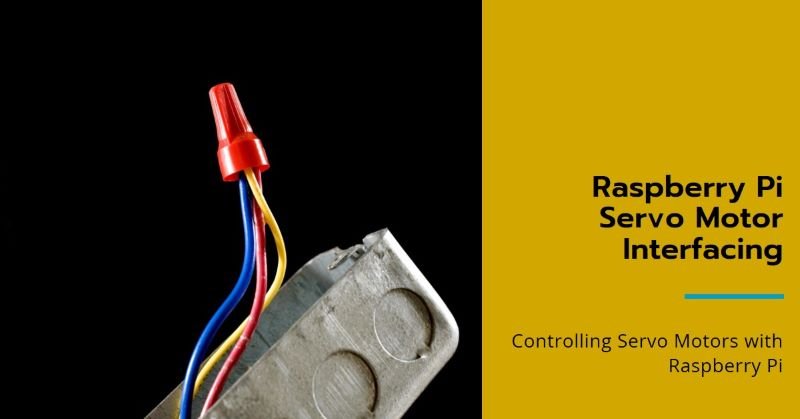The Role of Solder Paste vs Flux in PCB Assembly
Solder paste and flux are indispensable materials in the PCB assembly process. Solder paste provides the mechanical and electrical connection, while flux ensures the cleanliness and integrity of the joint. By comprehending their distinct functions, you can enhance the performance and reliability of your electronic assemblies. In this article, we will explore the differences between solder paste and flux, and how they contribute to the overall success of PCB assembly.
What is Solder Paste?
Solder paste is a material used to connect surface mount components to pads on a printed circuit board (PCB). It consists of tiny solder spheres suspended in a flux medium, creating a paste-like consistency. This paste is applied to the PCB through a stencil, ensuring it only goes where solder joints are needed. Once components are placed on the PCB, the entire assembly is heated, causing the solder spheres in the paste to melt and form solid electrical connections.
What is Solder Flux?
Solder flux, on the other hand, is a chemical cleaning agent used to remove oxidation from metal surfaces before soldering. Flux ensures a strong bond by facilitating the wetting process of the solder, allowing it to spread easily and adhere better to the surfaces being joined. Flux can come in various forms, including liquid, paste, or even as part of solder wire.
The Role of Flux
Flux, on the other hand, is a chemical agent used to clean and prepare the metal surfaces that will be soldered. It helps remove oxides and impurities, ensuring a clean surface for the solder to bond with. Flux also facilitates the flow of the molten solder, improving the wetting of the surfaces and preventing the formation of weak joints. In some cases, flux is included in the solder paste, but it can also be applied separately during the soldering process.
Why Both Are Important
Both solder paste and flux are essential for the PCB assembly process. Solder paste ensures that the components are securely attached to the PCB, while flux guarantees a clean and reliable connection. Using the right combination of solder paste and flux can significantly impact the quality and longevity of the electronic device. Therefore, understanding their roles and proper application techniques is critical for anyone involved in PCB assembly.
Solder Paste vs. Solder Flux: Key Differences
While both solder paste and solder flux are crucial in the soldering process, they serve different roles. Solder paste combines solder and flux in one substance, primarily used for surface mount technology (SMT) applications. In contrast, solder flux is mainly used for cleaning and preparing surfaces, ensuring the solder bonds effectively. Understanding these differences can help you choose the right materials for your specific soldering needs.
Effective Solder Paste Application Techniques
One of the most common methods of applying solder paste is stencil printing. This technique involves using a stencil to deposit the paste onto the printed circuit board (PCB) in precisely the right locations. Another method is jet printing, which is ideal for high-mix, low-volume production as it allows for more flexibility without the need for a custom stencil. Both techniques have their advantages, but the choice depends on the specific requirements of the PCB design and production volume.
Considerations for Using Solder Flux
Solder flux plays a vital role in the soldering process. It helps to clean the metal surfaces, remove oxidation, and improve the wetting properties of the solder. There are different types of flux, including rosin-based, water-soluble, and no-clean fluxes. Each type has its own set of benefits and considerations. For example, rosin-based fluxes offer excellent cleaning capabilities but may require additional cleaning after soldering. Water-soluble fluxes are easy to clean with water but may be more corrosive, while no-clean fluxes eliminate the need for post-soldering cleaning but may leave residues that affect the long-term reliability of the solder joints.
Impact on Solder Joint Reliability
The reliability of solder joints is influenced by several factors, including the quality of the solder paste and flux used, the application technique, and the soldering process parameters. Properly applied solder paste with the appropriate amount of flux ensures strong adhesion and minimizes defects such as voids, solder bridges, and insufficient solder. Additionally, controlling the reflow profile and ensuring adequate heating and cooling rates can significantly enhance the reliability of the solder joints.
Quality Control Measures
Quality control in solder joints involves a series of systematic checks and balances designed to detect flaws early in the production process. These measures include visual inspections, automated optical inspections (AOI), and X-ray inspections. Visual inspections allow for the identification of obvious defects, while AOI and X-ray inspections provide a more in-depth analysis, detecting hidden issues such as voids or cracks. Ensuring that solder joints meet stringent quality standards helps in minimizing the risk of failure and enhances the overall reliability of electronic devices.
Testing for Reliability
Beyond quality control, rigorous testing is essential to confirm the reliability of solder joints. Common testing methods include thermal cycling, mechanical stress testing, and electrical testing. Thermal cycling tests the solder joints’ ability to withstand temperature variations, while mechanical stress testing evaluates their durability under physical strain. Electrical testing ensures that the joints can maintain a stable electrical connection over time. Implementing these testing procedures helps in identifying potential weaknesses and improving the design and manufacturing processes to produce more reliable solder joints.
Conclusion
In conclusion, a clear understanding of solder paste and solder flux is crucial for anyone involved in soldering processes. Throughout this blog post, we have elucidated the fundamental differences between these two key components. Solder paste, composed of fine solder particles suspended in flux, plays a critical role in surface mount technology (SMT). Its applications ensure precise placement and strong connections of electronic components. On the other hand, solder flux, which can be used both in SMT and through-hole technology, is vital for removing oxidation and promoting wetting, ensuring the solder adheres properly to the components and printed circuit board (PCB).






